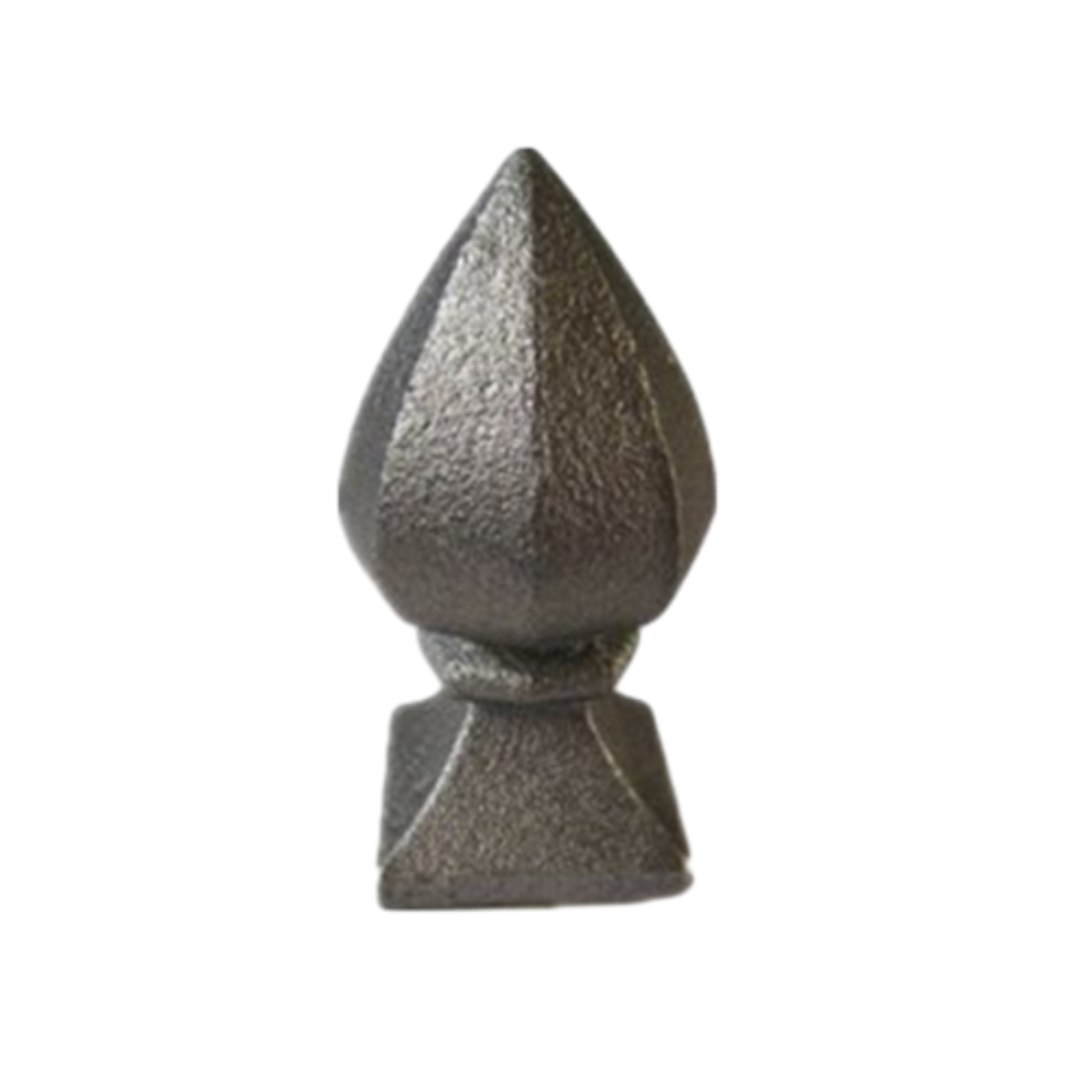Comparing the Strength of Steel and Iron for Various Applications
Steel vs. Iron Which is Stronger?
When we think of construction materials that have shaped our modern world, steel and iron are often at the forefront. Both materials have a rich history and essential roles in various industries, but the question of which is stronger—steel or iron—warrants deeper exploration. To understand the differences, we must first examine the properties and composition of each material.
The Basics of Iron
Iron is one of the most abundant elements on Earth and has been used by humans for thousands of years. As a primary material for tools and structures, it has laid the foundation for various civilizations. Pure iron (Fe) is relatively soft and malleable, which limits its applications in its natural form. However, it can be alloyed with carbon to form cast iron and wrought iron, each delivering distinct characteristics.
Cast iron, for instance, is known for its excellent casting properties and wear resistance, making it suitable for items like engine blocks and cookware. Wrought iron, on the other hand, is known for its ductility and toughness but is more susceptible to corrosion. While iron is quite strong in its various forms, it is the addition of carbon that elevates its capabilities.
The Rise of Steel
Steel is an alloy of iron and a small percentage of carbon, usually between 0.2% and 2.1% by weight. The introduction of carbon enhances iron's overall properties, providing increased tensile strength, hardness, and ductility. This combination makes steel a more versatile and reliable material than its predecessor, iron.
Steel can be further categorized into several types, including carbon steel, alloy steel, stainless steel, and tool steel. Each type is engineered for specific applications. For example, stainless steel, with its chromium content, offers exceptional resistance to corrosion, making it ideal for kitchenware and medical instruments. Tool steel is manufactured to withstand high temperatures and stresses, making it suitable for cutting and drilling tools.
steel or iron stronger

Strength Comparison
When it comes to strength, steel surpasses iron in nearly all aspects. The presence of carbon not only strengthens the molecular structure but also enhances its ability to withstand heavy loads. This property is vital in construction and manufacturing, where steel is often preferred for beams, columns, and reinforcements due to its high tensile and compressive strength.
The yield strength of steel, which indicates the maximum stress it can withstand before permanently deforming, can be several times greater than that of wrought iron. Additionally, steel's ability to absorb energy without fracturing makes it a safer choice for structures meant to endure dynamic loads, such as bridges and skyscrapers.
Flexibility and Ductility
Another critical aspect where steel outshines iron is flexibility and ductility. While iron can be brittle, especially in its cast form, steel maintains its toughness under stress, allowing it to bend without breaking. This quality is particularly important in applications that require resilience against impacts and vibrations.
The range of steel grades available today means that engineers can select materials that offer the desired balance of strength, ductility, and hardness for various projects. This adaptability has streamlined construction processes and improved safety standards worldwide.
Conclusion
In summary, while iron laid the groundwork for our use of metal, steel has evolved into the stronger and more versatile choice for modern applications. Its enhanced strength, flexibility, and resistance to wear and corrosion make it suitable for a vast array of uses—from skyscrapers to automobiles. Ultimately, the question of which is stronger can be answered decisively steel not only outperforms iron in strength but also in safety and practicality, making it an indispensable material in today's industrial landscape. As we continue to innovate and develop new steel alloys, the future of construction and manufacturing will likely rely even more on this remarkable material.
-
Wrought Iron Components: Timeless Elegance and Structural StrengthNewsJul.28,2025
-
Window Hardware Essentials: Rollers, Handles, and Locking SolutionsNewsJul.28,2025
-
Small Agricultural Processing Machines: Corn Threshers, Cassava Chippers, Grain Peelers & Chaff CuttersNewsJul.28,2025
-
Sliding Rollers: Smooth, Silent, and Built to LastNewsJul.28,2025
-
Cast Iron Stoves: Timeless Heating with Modern EfficiencyNewsJul.28,2025
-
Cast Iron Pipe and Fitting: Durable, Fire-Resistant Solutions for Plumbing and DrainageNewsJul.28,2025
-
 Wrought Iron Components: Timeless Elegance and Structural StrengthJul-28-2025Wrought Iron Components: Timeless Elegance and Structural Strength
Wrought Iron Components: Timeless Elegance and Structural StrengthJul-28-2025Wrought Iron Components: Timeless Elegance and Structural Strength -
 Window Hardware Essentials: Rollers, Handles, and Locking SolutionsJul-28-2025Window Hardware Essentials: Rollers, Handles, and Locking Solutions
Window Hardware Essentials: Rollers, Handles, and Locking SolutionsJul-28-2025Window Hardware Essentials: Rollers, Handles, and Locking Solutions -
 Small Agricultural Processing Machines: Corn Threshers, Cassava Chippers, Grain Peelers & Chaff CuttersJul-28-2025Small Agricultural Processing Machines: Corn Threshers, Cassava Chippers, Grain Peelers & Chaff Cutters
Small Agricultural Processing Machines: Corn Threshers, Cassava Chippers, Grain Peelers & Chaff CuttersJul-28-2025Small Agricultural Processing Machines: Corn Threshers, Cassava Chippers, Grain Peelers & Chaff Cutters












